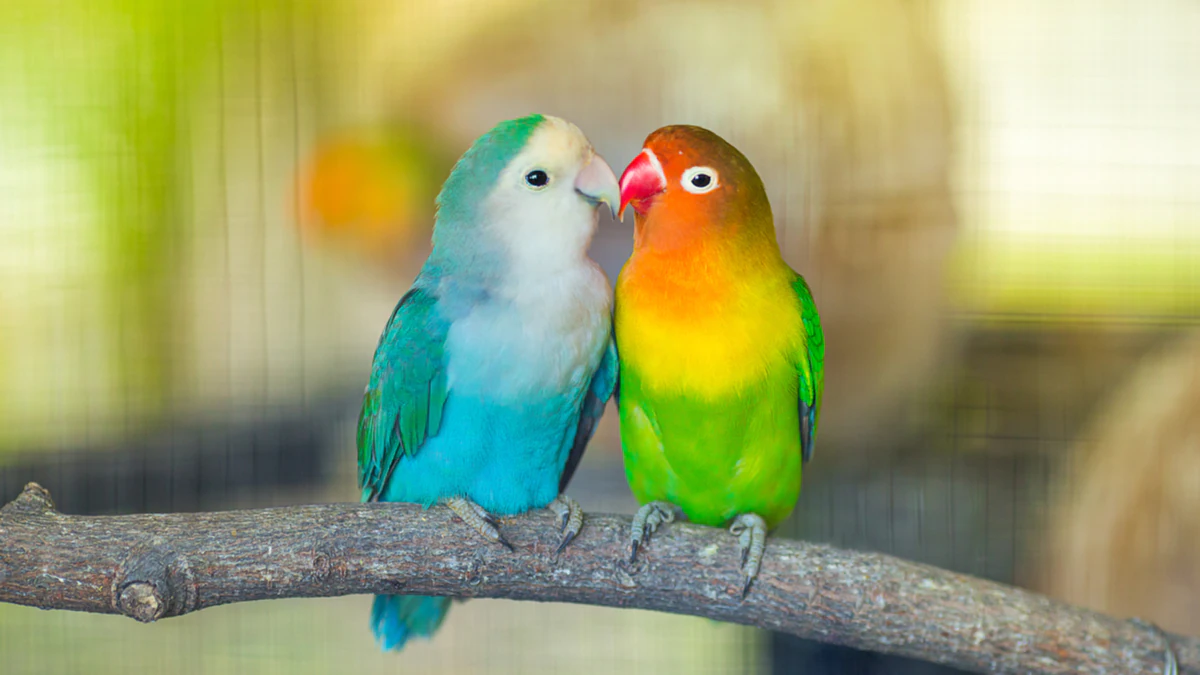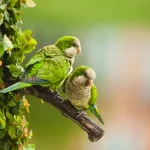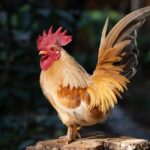When looking for a new pet to love and care for, a choice many people decide upon is to get a bird. These creatures can be great companions and give a whole heap of fun over their lifetimes.
Of the types of birds that are available, Parrots are extremely popular and both Lovebirds and Parakeets just so happen to be different types of Parrots.
When understanding the world of birds, you’re going to come up with a desire to learn more about the difference between lovebirds and parakeets.
These two types of birds are acknowledged as being popular pets worldwide.
Here is comprehensive comparison between parakeets and lovebirds for those eager to find the best fit for their needs.
Lifespan
One of the biggest considerations you will have to make when getting a new pet, of any kind, is the amount of time you can expect to be caring for your pet. Parrots in particular have widely varying lifespans between their many different subspecies, some living as long as over 50 years.
In the case of Lovebirds, you can expect that your bird will live for around 10-15 years on average, although some have been known to live longer – with the oldest living for 34 years.
A number of things can affect the lifespan of Lovebirds, including if they have a mate or their general health conditions.
Parakeets on the other hand tend to live shorter lives, averaging a lifespan of around 5-10 years and with the oldest known Parakeet being close the that of the Lovebird at 29 years of age.
Keeping your Parakeet in a stress-free environment and keeping healthy will help them live up to the upper end of the average at 10 years.
Physical Traits
For Parakeets, you will find that they have fairly slim bodies with tail feathers that are quite long making the Parakeet look elegant for such a small bird.
Naturally, they are mostly green in color, with a good amount of yellow around their heads, and with slight blue accents (some Parakeets may be different colors, but this is due to being bred this way and not a natural occurrence).
The beaks of a Parakeet are also rather small in size.
Lovebirds differ in that they are of a more stocky build than a Parakeet, in that their bodies are more stout and have blunter and shorter tail feathers.
If you would like a pet that can be a variety of colors then a Lovebird may be for you, they come in many colors, from white to green, to blue, to orange and so there is a lot to choose from. The beak of a Lovebird is also of greater size than a Parakeet.
Level of Noise
Birds can be some of the noisiest pets that you can encounter, some more than others, and so it definitely an important thing to bear in mind when looking at which kind of bird you would like.
Parakeets are actually not all too loud most of the time and generally only have a couple of ways in which they communicate verbally.
Firstly they have a gentle sound known as a “babble” that is actually quite a soft and pleasant sound. Although, if they become startled, frightened, or stressed, they are known to screech, which is not altogether pleasant.
Lovebirds will tend to be much louder birds and are more sociable, so aren’t really suitable for people with easily aggravated neighbors.
They tend only to communicate verbally via screeches that can be quite loud at times and not all too nice on the ear, so only go for a Lovebird if you are comfortable with a higher level of noise.
Care/Handling
The amount of care and nurturing that a bird needs can be something that can help to make the decision of which type of bird you choose for a pet.
In Parakeets, you will find that you will have to be handling your pet daily to help build trust and allow for a bond to form between you and your parrot.
You will also need to be constantly training your Parakeet as if you were to miss out on even a few too many days of training, they would return to their more natural instincts and need to be retrained.
Lovebirds will still benefit greatly from daily training but generally will retain information a little bit better than Parakeets and so you can be a bit more lenient in their training regiment.
Often you will get Lovebirds in pairs and so they will spend most of their time occupied by each other, but will still need to be handling often to build trust.




